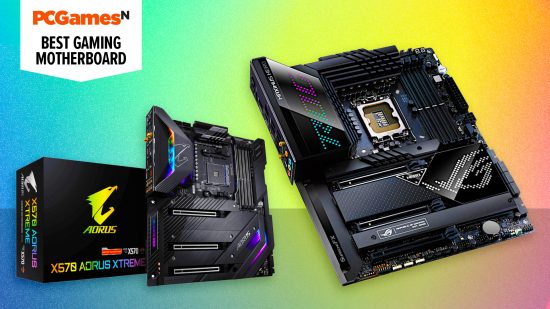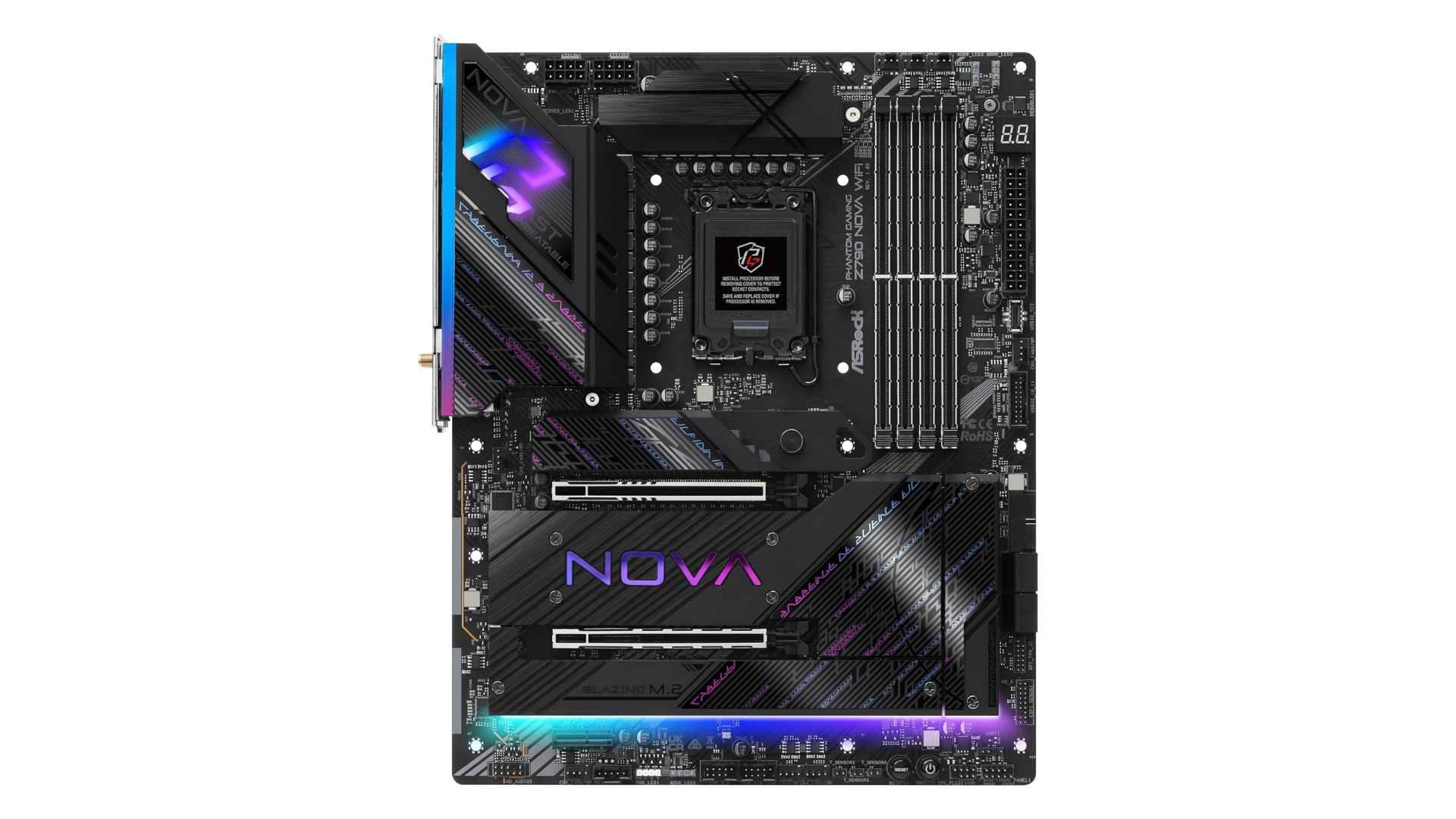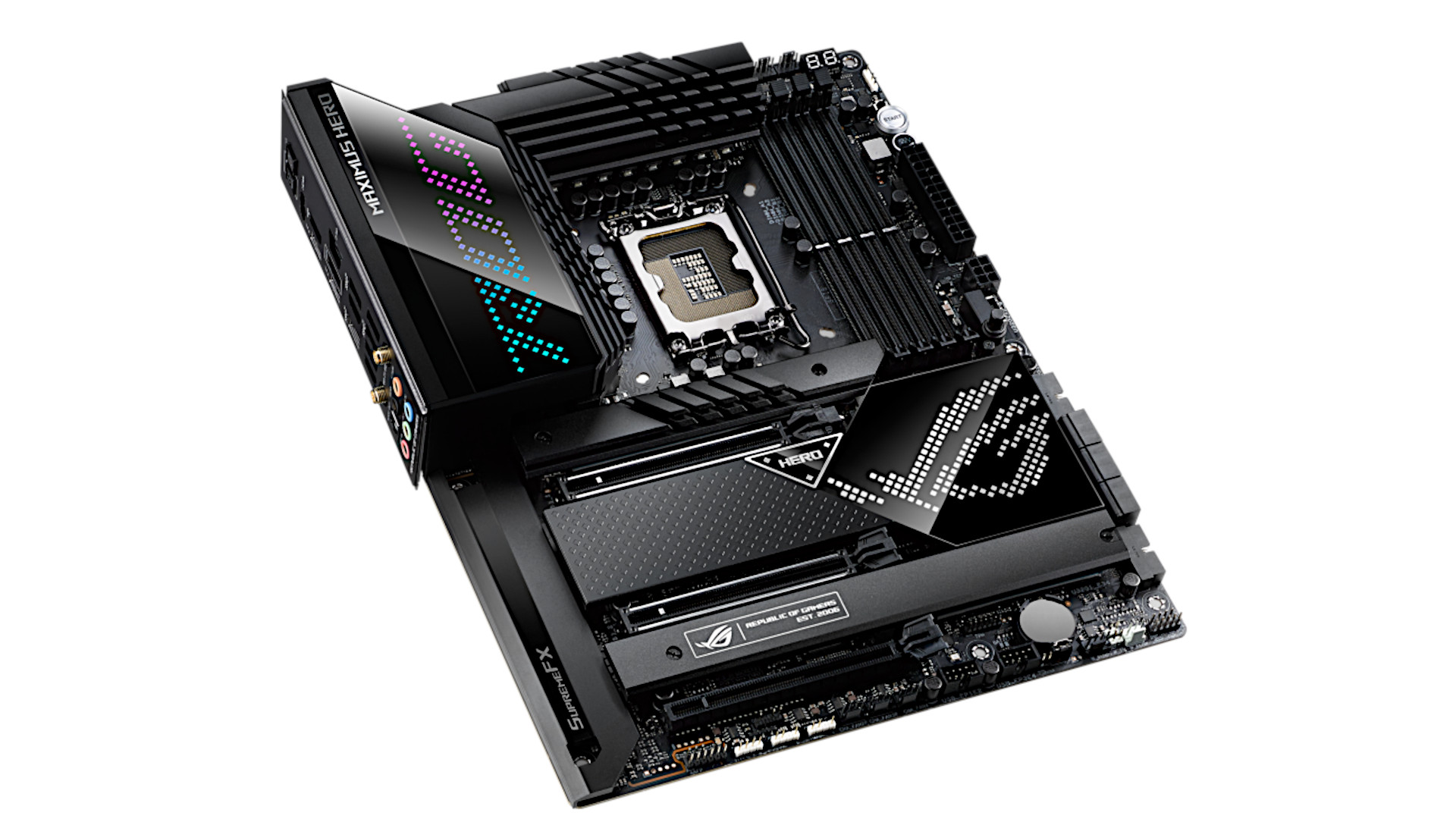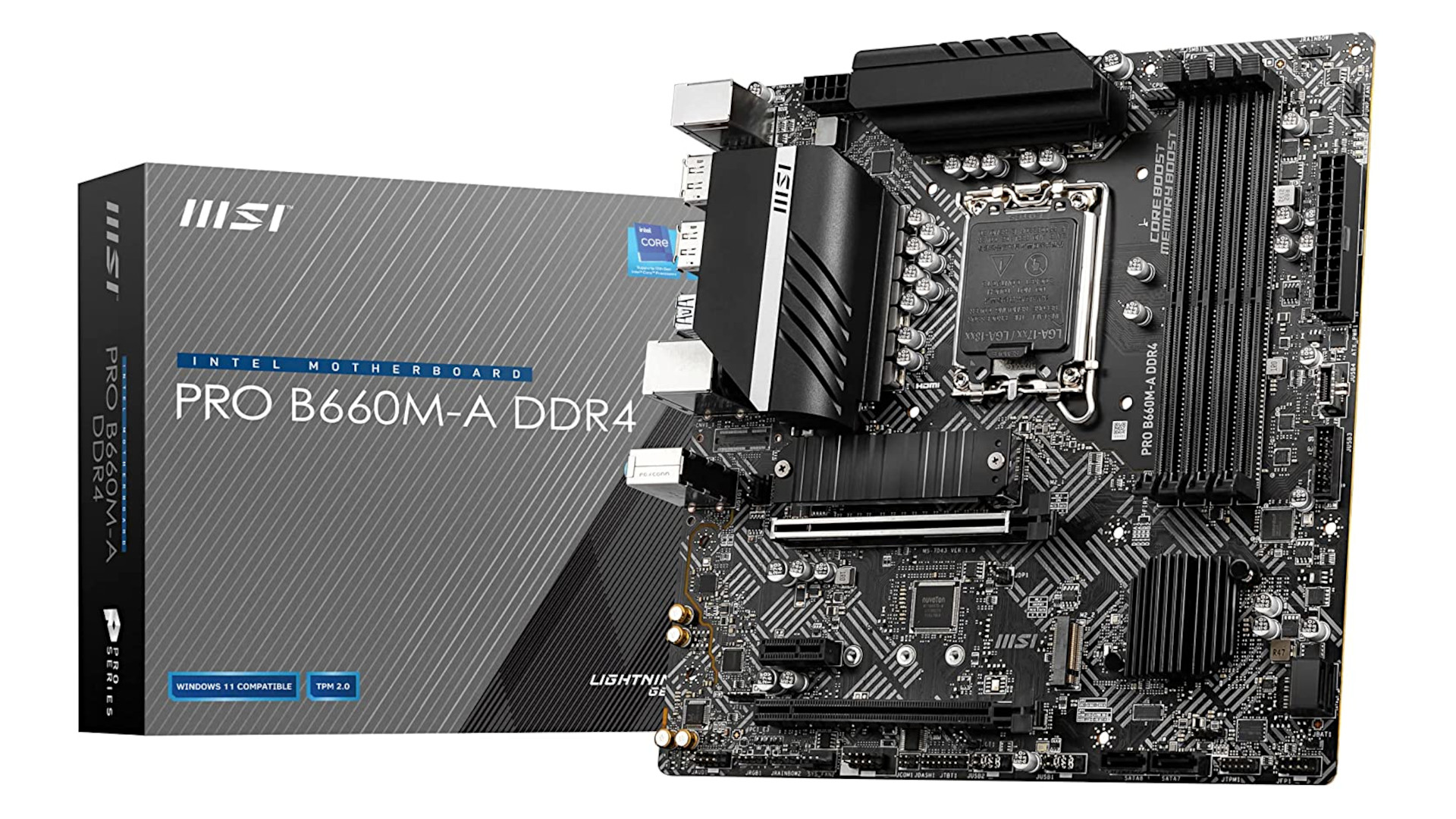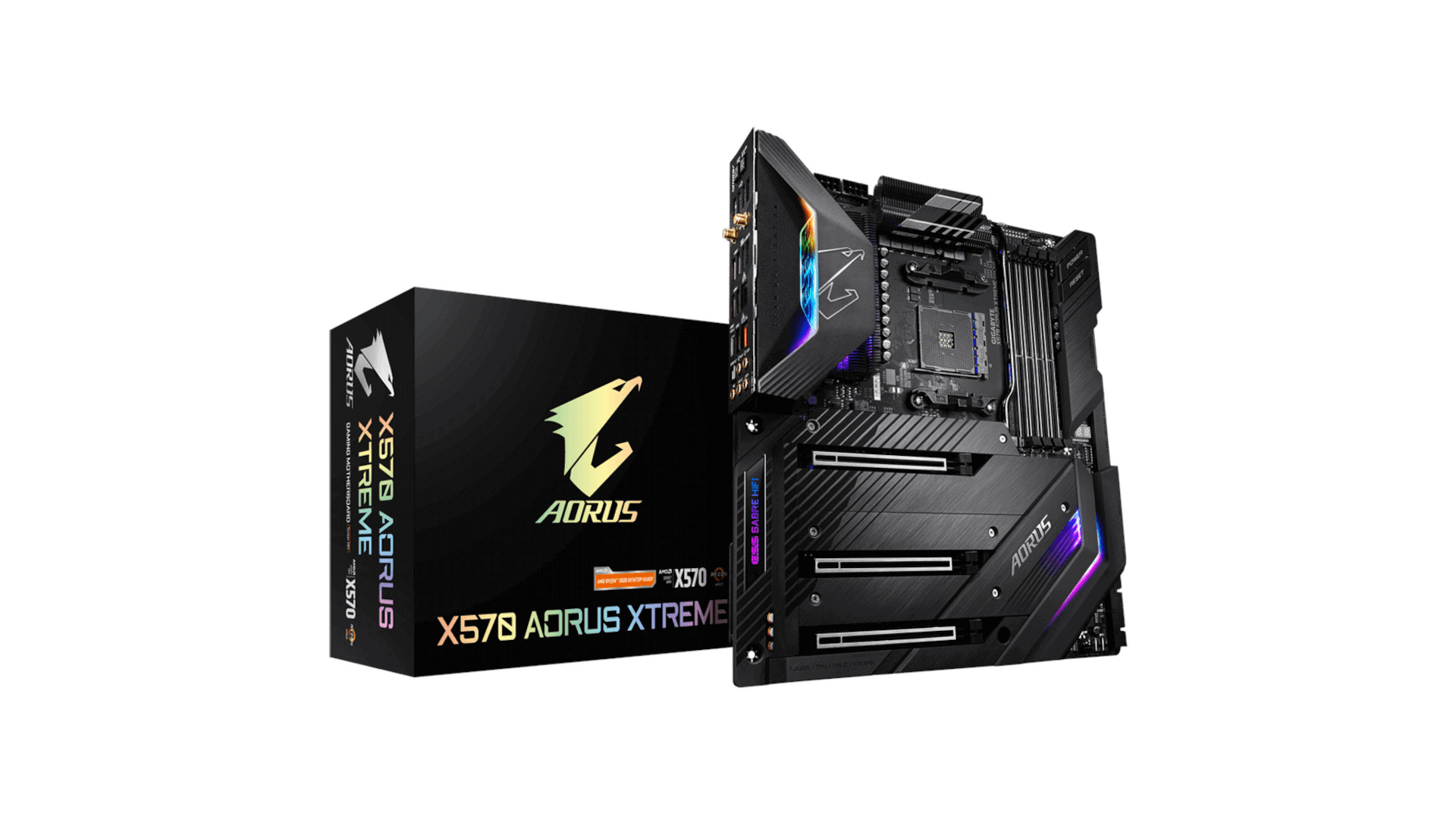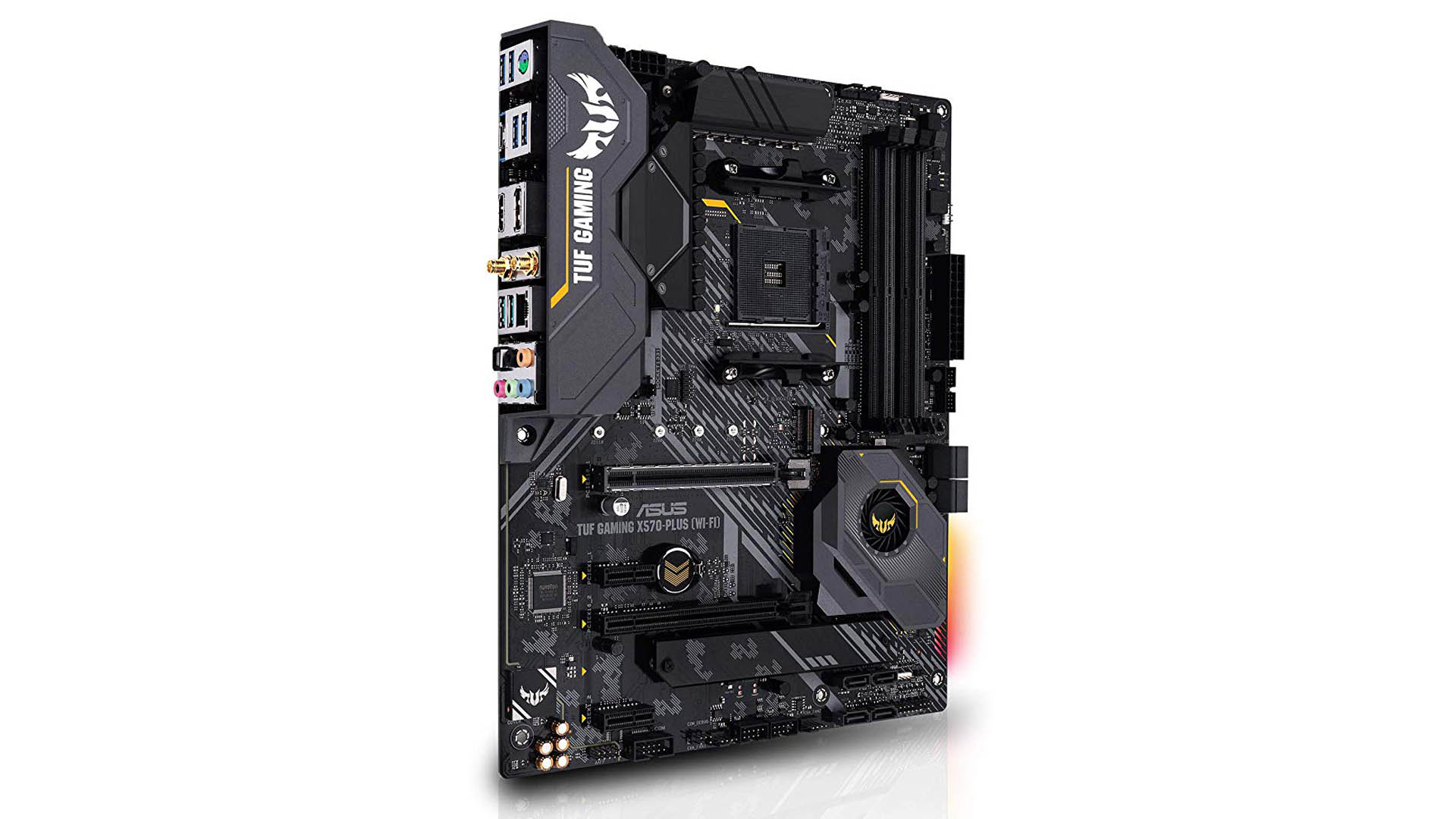Choosing the best motherboard for gaming isn’t the most straightforward upgrade you can make, as it depends on what processor you choose. Not only will AMD chipsets not work with Intel, but the newer Ryzen 7000 series isn’t compatible with older motherboards that support the Ryzen 5000 range. As the central component of your gaming PC, getting this choice right is very important.
Even if you find one that works with the best gaming CPU, there’s an exhaustive list of other considerations. Do you plan to overlock? How many USB ports do you need? Will you buy another one of the best SSDs for gaming shortly? What type of gaming RAM do you need? Will it even fit in your PC case? We’ve got you covered with expert choices.
Why you can trust our advice ✔ At PCGamesN, our experts spend hours testing hardware and reviewing games and VPNs. We share honest, unbiased opinions to help you buy the best. Find out how we test.
Here are the best gaming motherboards:
ASRock Z790 Nova
Best gaming motherboard for most
ASRock Z790 Nova specifications:
| Form factor |
ATX |
| CPU support |
Intel Core i9-14900K |
| RAM support |
4 x DIMM, up to 192GB, DDR5 8,000+ (OC) |
| Expansion slots |
1 x PCIe 5.0 x16, 1 x PCIe 4.0 x4 |
| Video outputs |
1 x HDMI 2.1 |
| USB ports |
1 x USB 3.2 Gen 2×2, 4 x USB 3.2 Gen 2, 3 x USB 3.2 Gen 1, 2 x USB 2.0 |
| Storage slots |
6 x M.2, 4 x SATA 6GB/s |
| Network |
Wi-Fi 7 (2×2 ax, MU-MIMO, 2.4/5/6 GHz, 320 MHz, BT 5.4) |
Reasons to buy
- Plenty of room for PCIe expansion
- Great preforming mid-tier option
- Top-tier for audio
Reasons to avoid
- M.2 storage slots could be better placed
- Might be too pricey for some
It’s not the most powerful motherboard out there, nor the one with the most room for overclocking, but if we had to pick a baby bear option that’s going to be just right for the most people, it would be the ASRock Z790 Nova. It’s a little expensive, but not obscenely, and offers some decent specs across the board.
The I/O plate comes with a healthy selection of ports (detailed in the specs table above) and is especially good in the audio department, coming with two analog ports, an SPDIF, and a Realtek ALC4082 HD audio codec. In fact, when it comes to audio, we’d probably describe it more as high-tier, rather than mid-tier.
Its casing features some RGB lights too, which we’re sure will be appealing to some readers. We would question the value of RGB lighting on a motherboard though, and we’re sure some readers might find it garish. That small detail may be a matter of taste, but in every other respect, its appeal is pretty universal.
Asus ROG Maximus Z690 Hero
Best high-end gaming motherboard
Asus ROG Maximus Z690 Hero specifications:
| Form factor |
ATX |
| CPU support |
12th Gen Intel Core |
| RAM support |
4 x DIMM, up to 128GB, DDR5 6,400+ (OC) |
| Expansion slots |
2 x PCIe 5.0 x16, 1 x PCIe 4.0 x16 (in x4 mode) |
| Video outputs |
1 x HDMI 2.1 |
| USB ports |
2 x Thunderbolt 4, 7 x USB 3.2 Gen 2, 2 x USB 2.0 |
| Storage slots |
3 x M.2, 6 x SATA 6GB/s |
| Network |
x1 Intel 2.5GB Ethernet, Wi-Fi 6E |
Reasons to buy
- Loads of PCIe expansion
- Easy overclocking
- PCIe Gen 5, DDR5, and Wi-Fi 6E support
Reasons to avoid
- Expensive
- Hardwired ethernet could be better
If you’re looking for what we believe is the best Intel motherboard to pair with your shiny new 12th Gen processor, look no further than the Asus ROG Maximus Z690 Hero. In addition to its two large LED screens, this ATX monster packs cutting-edge specs and bountiful expansion slots.
As the best Z690 motherboard on the market, it can accommodate a crazy amount of NVMe storage with its three M.2 storage slots that can be expanded up to five with two Hyper M.2 add-in cards. Its I/O is stacked too, with seven USB 3.2 Gen 2, two USB 2.0, and two Thunderbolt 4 USB Type-C ports. Don’t forget its software offerings too, with programs like AI Overclocking making it a breeze to squeeze every last drop of performance from your components.
Yes, it’s an expensive option, but if you want the best of the best, then this is the one to go for. If we had to criticize something, it’d be the hardwired ethernet. At 2.5Gbps LAN, it could be better, but, hey, it’s a very small thing.
MSI Pro B660M-A
Best budget motherboard for Intel
MSI Pro B660M-A specifications:
| Form factor |
microATX |
| CPU support |
12th Gen Intel Core |
| RAM support |
4 x DIMM, up to 128GB, DDR4 4,800 (OC) |
| Expansion slots |
1 x PCIe 4.0 x16, 1 x PCIe 3.0 x4 |
| Video outputs |
2 x DisplayPort 1.4, 2 x HDMI 2.1 |
| USB ports |
2 x USB 3.2 Gen 2, 2 x USB 3.2 Gen 1 |
| Storage slots |
2 x M.2, 4 x SATA 6GB/s |
| Network |
x1 2.5GB Ethernet |
Reasons to buy
- Low price
- Micro ATX form factor
- M.2 expansion slots
Reasons to avoid
- Rear IO needs more ports
- Pricier than others
This LGA 1700 microATX motherboard from MSI is a solid choice for a budget or mid-range gaming PC build and is our personal pick for the best B660 motherboard. It comes with two M.2 slots for NVMe SSDs and a plethora of USB 3.0 ports despite its smaller footprint. You can fit up to 128GB of DDR4 RAM across 4 DIMM slots at a maximum frequency of 4,800MHz to boot.
You’ll miss out on any overclocking potential of the K-series Intel processors but with the mighty Intel Core i5-12400 and its non-K ilk still offering serious gaming performance at stock speeds, meaning that’s not too big an issue. The MSI Pro B660M-A is also a nicely proportioned board too, allowing you to drop it into a more svelte chassis than the larger ATX board standard.
For the price, we’d have appreciated a broader selection of rear I/O ports, but to be honest, the overall selection should still be fine for most people. Just keep it in mind and think about how it would be positioned within your setup.
Gigabyte X570 Aorus Xtreme
Best AMD motherboard
Gigabyte X570 Aorus Xtreme specifications:
| Form factor |
E-ATX |
| CPU support |
AMD Ryzem 5000 / 4000 / 3000 / 2000 / 1000 |
| RAM support |
4 x DIMM, up to 128GB, DDR4 5,400 (OC) |
| Expansions slots |
1 x PCIe 4.0 x16, 1 x PCIe 4.0 x16 (in x8 mode) |
| Video outputs |
N/A |
| USB ports |
6 x USB 3.2 Gen 2, 2 x USB 3.2 Gen 1, 4 x USB 2.0 |
| Storage slots |
3 x M.S, 6 x SATA 6GB/s |
| Network |
x1 Aquantia 10GB Ethernet, Intel Wi-Fi 6E |
Reasons to buy
- Passively cooled X570 chipset
- 10GB Ethernet
- Support for every generation of Ryzen CPUs
Reasons to avoid
- PCIe location is kind of inconvenient
- Another expensive choice
If you’re set on grabbing the best X570 motherboard for your system rather than waiting for the arrival of Zen 4 chipsets, the Gigabyte X570 Aorus Xtreme should be at the top of your list. Its price point may be as large as its E-ATX form factor, but it’s filled to the brim with niceties you won’t find on other models (though the PCIe port placements could be better).
If you’re hanging on to an older AMD Ryzen CPU, the Gigabyte X570 Aorus can be easily made to accommodate your aging chip via its Q-Flash Plus button. This allows you to upgrade its BIOS without inserting a processor into it. 10Gb Ethernet and passive chipset cooling are nice touches too. It’d take forever to highlight everything this motherboard has to offer, but you can find a full breakdown of key specs in the table above.
Best budget motherboard for AMD
Asus TUF Gaming X570-Plus specifications:
| Form factor |
ATX |
| CPU support |
AMD Ryzen 5000 / 4000 / 3000 / 2000 |
| RAM support |
4 x DIMM, up to 128GB, DDR4 5,100 (OC) |
| Expansion slots |
1 x PCIe 4.0 x16, 1 x PCIe 4.0 x16 (in x4 mode) |
| Video outputs |
1 x DisplayPort, 1 x HDMI |
| USB ports |
3 x USB 3.2 Gen 2, 4 x USB 3.2 Gen 1 |
| Storage slots |
2 x M.2, 8 x SATA 6GB/s |
| Network |
x1 Gigabit Ethernet, Intel Wi-Fi 5 |
Reasons to buy
- Cheap way to get PCIe 4.0
- Supports Ryzen 5000 out of the box
- Robust and high-value feature set
Reasons to avoid
- Port selection could be better
X570 and B550 boards are your best bet for running AMD Zen 3 CPUs, but even a budget X570 is a considerable investment. Yet the cheaper motherboards in the range today offer the best blend of performance, functionality, and affordability if you absolutely must have today’s top tech.
The Asus TUF Gaming X570-Plus (Wi-Fi) is the cheapest X570 motherboard we’ve tested, and as such that makes it the most cost-effective entry point into the PCIe 4.0 ecosystem. It will still set you back far more cash than what is required by previous AM4 TUF Gaming motherboards, but the more than capable TUF board should see you through whatever your Ryzen CPU you have – its only flaw is that it could use a few more ports.
Read our Asus TUF Gaming X570-Plus (Wi-Fi) review.
How to choose the best gaming motherboard
Picking the perfect motherboard for your rig can feel like walking a tightrope, with all the I/O you want on one side and cost on the other. However, with a little critical thinking, and planning out your build around your board, the process can be rather painless.
After all, unless you are an overclocking pro, it all comes down to good quality, a form factor that works for your case or preference, and a healthy handful of ports. Performance between motherboards is negligible at this point – everything that used to make a difference to PC performance has long since been shifted aboard the CPU itself.
The motherboard is the vessel for all your other, frankly, more interesting components that make your gaming PC tick. It’s an important part of the puzzle, but one that needn’t keep you up at night.
If you have any other questions, check out the FAQs below:
Is it bad to have a cheap motherboard?
Not necessarily, but it depends how cheap you’re planning to go. There are certainly cheaper options out there, and our budget recommendation is the MSI Pro B660M-A, but going too low runs its risks. The motherboard houses every single aspect of your gaming PC, so you’re going to want to get it right – a poorly made motherboard that goes wrong could be catastrophic.
Typically, the better motherboards use solid-state capacitors, while the cheaper ones use electrolytic ones. When deciding which is best for you, we recommend going for the solid-state variety, because electrolytic capacitors have a higher risk of going wrong.
How does a motherboard work?
The motherboard is kind of like your PC’s nervous system. It’s filled with traces, which is the name of little pathways that allow data to be shared between your CPU, RAM, GPU, and every other component of your PC.
When you turn on your PC, it’s the motherboard that gets everything up and running. It’s also the thing that enables you to configure your settings. Needless to say, you’re going to want to make the right choice when choosing a motherboard.
How long does a motherboard last?
This will vary enormously from motherboard to motherboard, however, generally speaking, any motherboard should last for a bare minimum of five years, and even if it stopped working then, it would be considered an early demise. Get yourself a decent one (and look after it) and it’ll easily last you through a decade, if not much longer.
How to know if a motherboard needs to be replaced
If your motherboard is coming towards the end of its life, there are several warning signs to look out for, including:
- Diagnostic tests: Most PCs have the ability to diagnose the cause of problems, and if you run a diagnostic test it may be able to tell you that there is a problem with the motherboard.
- Unexpected crashes: Is your PC crashing often with no explanation? Your motherboard may be at fault.
- Your PC won’t turn on: It won’t necessarily be the motherboard that’s the problem, but the component that boots the system up, it could well be the issue.
- Burning smells: If your PC has overheated, the motherboard could be burnt or partially melted and a burning smell while running it is a sign that your motherboard could be damaged.
- Beeping sounds: Some motherboards are set to emit beeping sounds if they are not working properly. If you’re hearing an unexplained beeping, there’s a pretty big chance your motherboard needs repairing or replacing
This list is not exhaustive, and any one of these problems could also be caused by different things, but these certainly offer clues that your motherboard might be in need of replacement.
